Songs Stuck on Repeat
It’s a nearly universal human phenomenon, an experience that can be a blessing or a curse; educational or irritating; crazy-cool or enough to drive someone crazy. It happens to over 90 percent of us and scientists still don’t really know why.
This occurrence is the ubiquitous ear worm – a tune that gets stuck in your head. It spins around ad nauseam, and maybe fades away when more complicated, cerebral tasks come along only to pop up again later when your brain isn’t otherwise occupied. Or perhaps when it is otherwise occupied. It really depends on you. One thing The Arizona Ear Worm Project investigators have found is that the ear worm experience is highly personal.
Last month, in an office at the Speech, Language and Hearing Sciences building on the University of Arizona campus, these researchers discussed their project “Musical Cognition, Emotion and Imagery: Understanding the Brain, One Catchy Song at a Time.” The project was funded through the UA’s Confluencenter for Creative Inquiry Faculty Collaboration Grant program.
What was discovered and what remains to be uncovered surprised the interdisciplinary team. They will present their findings in a presentation called “Can’t Get You Out of My Head!” for Confluencenter’s Show & Tell event on Wednesday, Oct. 7.
“One of the main things that happened – (which was) exciting from a scientist’s perspective – is that we got rid of all the easy answers,” said Speech, Language & Hearing Sciences Associate Professor Andrew Lotto. “All the easy answers are not true: that ‘all ear worms look like this, everyone who has an ear worm looks like this.’ One of the things about scientists that oftentimes people don’t understand (is that) easy answers are not that exciting to a scientist. So, as this has gotten more and more complex, it becomes more and more interesting.”

The Arizona Ear Worm Project includes Dan Kruse, an ethnomusicologist and AZPM radio announcer, UA Associate Professor of Music Theory Don Traut, and Speech, Language and Hearing Sciences Professor Andrew Lotto.
photo: Jamie Manser/Confluencenter for Creative Inquiry
Dan Kruse, a radio announcer at Arizona Public Media and an ethnomusicologist, was inspired several years ago to investigate why songs get stuck in people’s heads after hearing a National Public Radio story on music psychologist Victoria Williamson, “who, of all things, was doing research into what starts ear worms,” said Kruse. “And I thought, ‘that’s so interesting, that somebody would actually study such a thing because I’ve experienced this my whole life.’”
Kruse recruited Lotto and Associate Professor of Music Theory Don Traut to join the team. “Don had done some really interesting research about hooks in pop music that lined up so beautifully with this,” Kruse shared.
When Lotto, Kruse and Traut – all music lovers – initially began batting around ideas and hypotheses, they collectively realized that their combined knowledge and perspectives would work together perfectly. Kruse was responsible for the interviews and the human touch, Traut approached it from a music theory perspective, and Lotto from the hearing sciences angle.
Once they started drilling into the meat of the matter, ideas about common harmonic patterns leading to ear worms and common songs recurring among the research subjects were tossed out due to lack of evidence. “Out of 150 to 200 ear worms (we studied), there were less than half a dozen that were repeat songs. It’s not like everybody has the same four to five songs stuck in their head,” Traut said. “It’s really a very personal thing. I thought that was significant. I thought there would be more uniformity.”
While the individuality of the ear worm occurrence was notable, Kruse said there were also cases when the song-stuck-on-repeat became a collective experience among partners, friends or coworkers. “Sometimes unspoken, they just notice they will hum something out loud and notice later that someone has the same thing going on,” Kruse said.
Kruse proposed that future research could “go ethnomusicologically – what are the qualities of music that people listen to? Are there certain things in music that people attach to? Are there music universals?”
“Again, the ear worm itself is a way of getting into the questions that we care about,” said Lotto. “The ear worm is one of these experiences that nearly everyone has related to music and it lets us start getting at why this sound (music) is so important across cultures for every single person, because it is a complex sound – it’s like a speech sound, an animal call – these are all complex structures.
“Why music and why not these other sounds?” Lotto queried. “There’s nothing really special (from a hearing science perspective) about the sound of music, yet our experience of it is very special.”
Find more information on The Arizona Ear Worm Project at AZEarWorm.org. The presentation “Can’t Get You Out of My Head” is on Wednesday, Oct. 7 for Show & Tell at Playground, 278 E. Congress St. The free event starts at 6 p.m. Visit Confluencenter.org for details or call 621-0599.

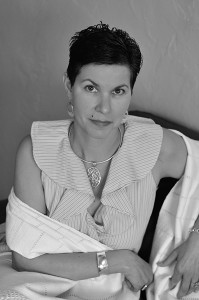
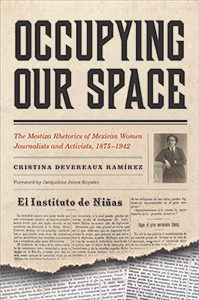 Ramírez provides historical background that allows readers to comprehend the societal context and conditions in which these women were writing. Without it, we’d miss the importance of their work. We would not fully understand how dire the circumstances were for women and indigenous groups and how dangerous it was for them to speak out. Through this background, we can fully appreciate the women’s vanguard role in trying to establish gender and cultural equality in Mexico. Ramírez’s research gives a solid case for including Mestiza voices in the rhetorical canon.
Ramírez provides historical background that allows readers to comprehend the societal context and conditions in which these women were writing. Without it, we’d miss the importance of their work. We would not fully understand how dire the circumstances were for women and indigenous groups and how dangerous it was for them to speak out. Through this background, we can fully appreciate the women’s vanguard role in trying to establish gender and cultural equality in Mexico. Ramírez’s research gives a solid case for including Mestiza voices in the rhetorical canon.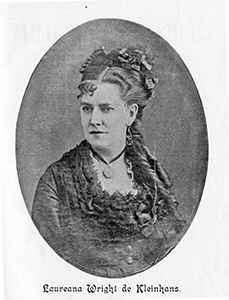
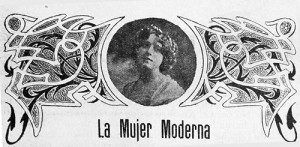
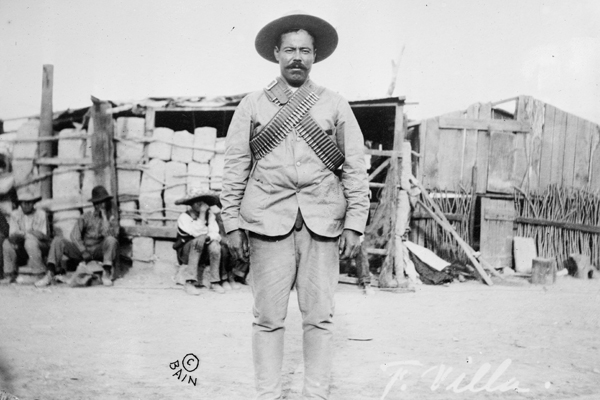
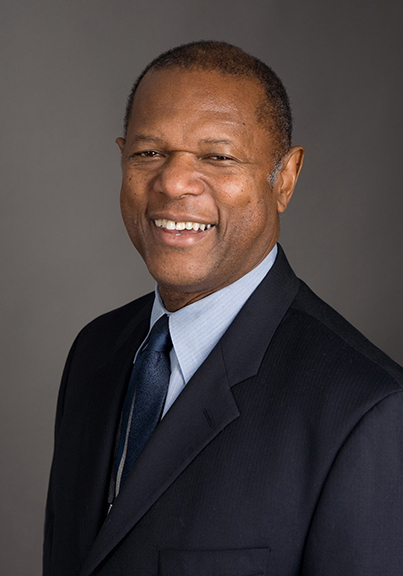

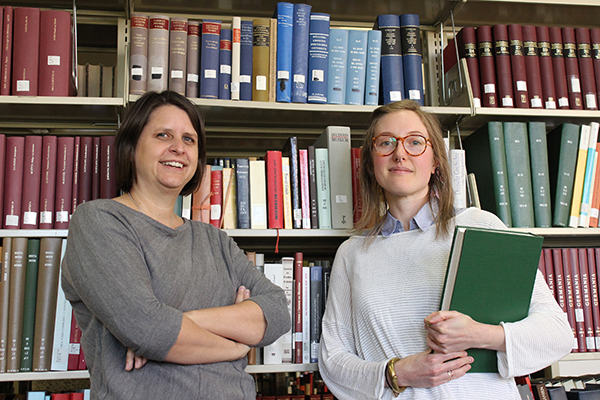




Also find us on...